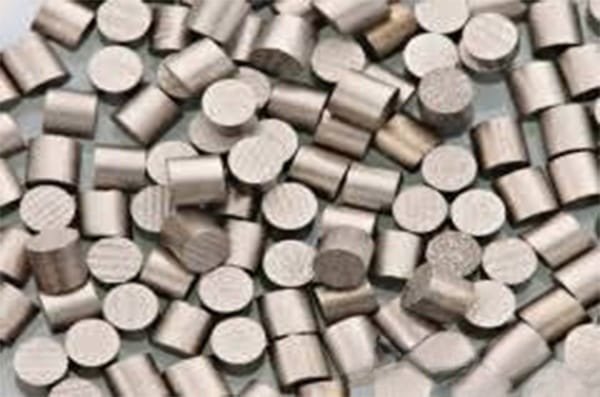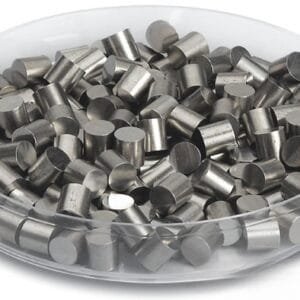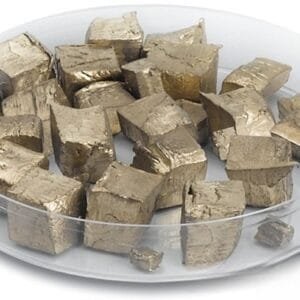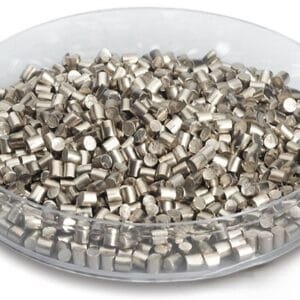Zirconium Nickel Evaporation Materials Overview
TFM provides high-purity zirconium-nickel alloy evaporation materials, specifically designed for superior deposition processes. Our zirconium-nickel alloys are characterized by exceptional purity levels, reaching up to 99.9995%. This high purity is crucial for achieving top-quality thin films during various deposition processes. Our rigorous quality assurance procedures ensure the reliability of every product.
Applications of Zirconium Nickel Evaporation Materials
Zirconium-nickel evaporation materials are versatile and find applications in several fields:
- Deposition Processes: Ideal for use in semiconductor deposition, chemical vapor deposition (CVD), and physical vapor deposition (PVD).
- Optics: Employed in coatings for wear protection, decorative purposes, and display technologies.
Packaging and Handling
Our zirconium-nickel evaporation materials are meticulously tagged and labeled for easy identification and quality control. We prioritize careful packaging to prevent damage during storage and transportation.
Contact Us
TFM is a leading supplier of high-purity zirconium-nickel evaporation materials. We offer these materials in various forms, including tablets, granules, rods, and wires, with customization options available. Additionally, we supply evaporation sources, boats, filaments, crucibles, heaters, and e-beam crucible liners. For current pricing or to inquire about products not listed, please reach out to us.


 MSDS File
MSDS File



Reviews
There are no reviews yet.